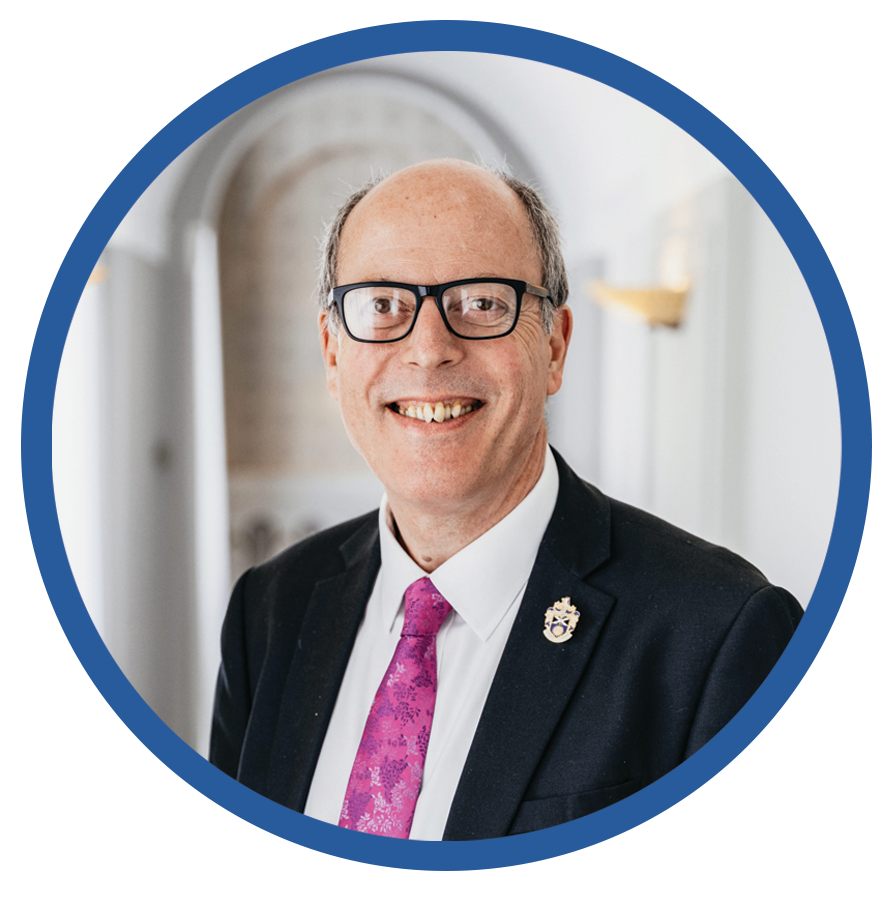Add your title (COPY)
Combine large, bold images with the beautifully crafted words of your story.

Richard Evans
Richard Evans
You don’t have to work in the NHS to realise that increasing the number of appointments and buying more scanners to cut waiting lists will only succeed if there are enough healthcare professionals to take those appointments and conduct the scans.
Not one of the main political parties offered an immediate plan to tackle the acute workforce shortages in the NHS in the lead up to the general election.
Richard Evans
Richard Evans
You don’t have to work in the NHS to realise that increasing the number of appointments and buying more scanners to cut waiting lists will only succeed if there are enough healthcare professionals to take those appointments and conduct the scans.
Not one of the main political parties offered an immediate plan to tackle the acute workforce shortages in the NHS in the lead up to the general election.
Machines cannot replace people
We hear a lot about how efficient AI is and how it will speed up the diagnostic process. Obviously, investment in new technology is very welcome. New machines will be more efficient and effective than the ageing equipment in many hospital departments.
But tech needs people – it doesn’t matter how quickly a scan can be interpreted if there is no one to conduct the scan in the first place.
Labour’s manifesto suggests that space can be made for an extra 40,000 NHS operations, scans and appointments every week by incentivising staff to take additional appointments out of hours.
Additional overtime is not a solution to the workforce crisis: most radiographers are already working significant overtime. A recent survey of our members revealed that 82 per cent could only fill their departmental roster with regular overtime shifts because of staff shortages.
No plan for staffing
The Conservatives' plans to increase reliance on Community Diagnostic Centres (CDCs) do not include any funding to cover staffing costs. The Conservatives had no plan for staffing CDCs without taking vital radiography professionals away from hospital acute departments. CDCs have therefore had to draw on existing radiography staff to fill posts – leaving hospital acute departments chronically understaffed as a result.
So even an increase in the number of CDC scans will not lead to an overall increase in the number of scans carried out – it will simply mean that not as many scans are taking place in acute settings.
While the Liberal Democrats promise to recruit more cancer nurses, it will be impossible to realise their ambition without a similar pledge to increase the numbers of Therapeutic Radiographers – the healthcare professionals who plan and deliver radiotherapy treatment for cancer patients.
Invest in the workforce
Where is the Short Term Workforce Plan? The Long Term Workforce Plan will only succeed if steps are taken to improve recruitment and retention in the short term.
Above all, this means the one thing that no political party has yet pledged: investment in the NHS workforce, including pay restoration.
NHS pay scales currently look as though they’re designed to make people want to leave. Pay has been devalued by 15 years of poor awards.
The Society of Radiographers is therefore calling on all political parties to commit to pay restoration for the radiography workforce. This is the only way to ensure that NHS departments are fully staffed and NHS workers fairly treated, and that patients receive the care they need, when they need it.
More about Richard Evans
Richard Evans’s first job after leaving school was as a hospital porter at University College Hospital in London, where he worked in the X-ray department.
Inspired by the radiographers there, he went on to train as a Diagnostic Radiographer at Middlesex Hospital and qualified with the Diploma of the College of Radiographers in 1982.
Richard worked in London and specialised in neurological imaging before moving to Salisbury District Hospital where he set up the first CT scanning and subsequently MRI scanning services.
He went on to be appointed as general manager for the Radiology Directorate at Poole Hospital. Richard has been chief executive officer of the Society and the College of Radiographers since 2004.
He was awarded the OBE in 2016 for services to radiography.
Read more




